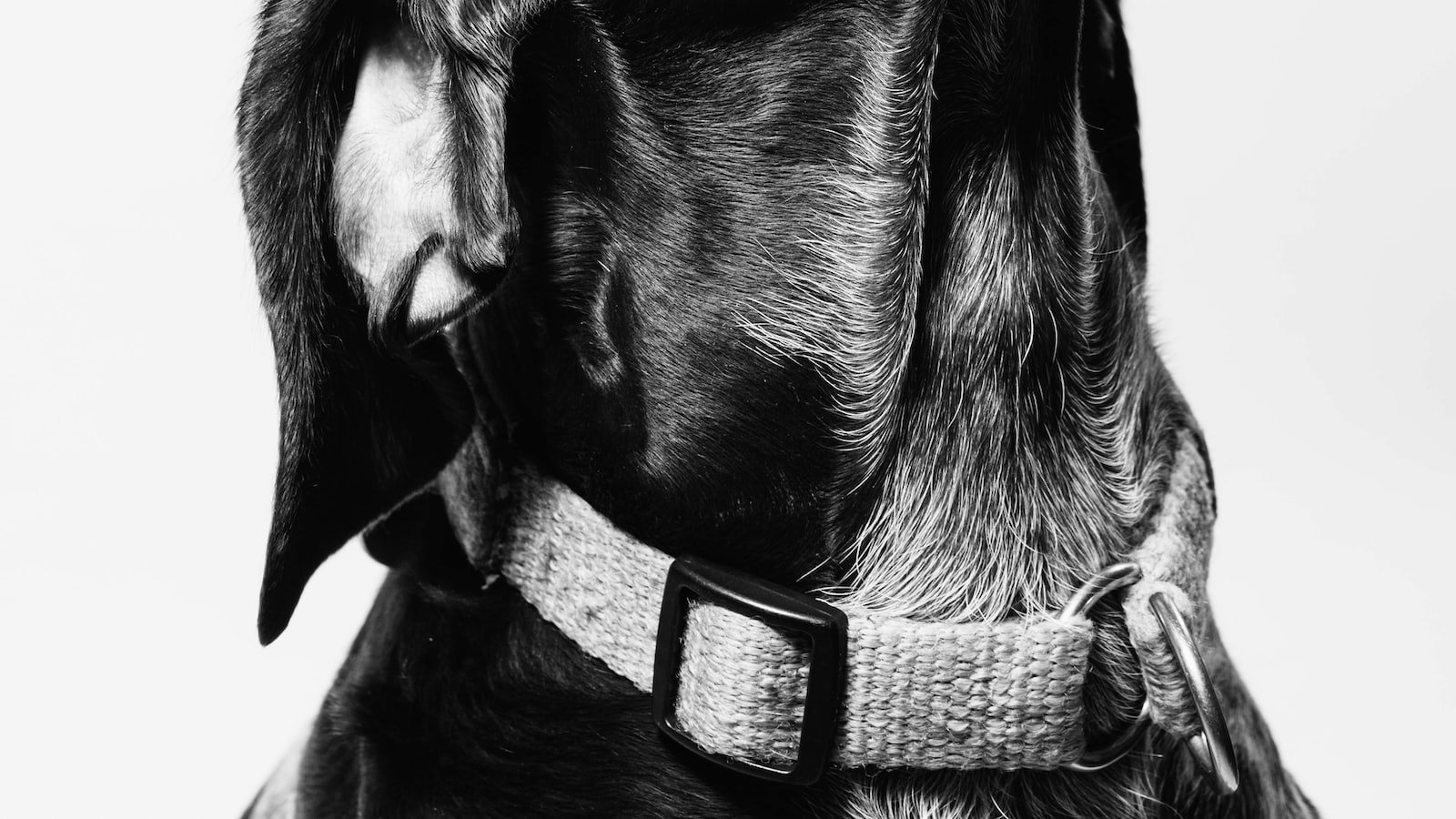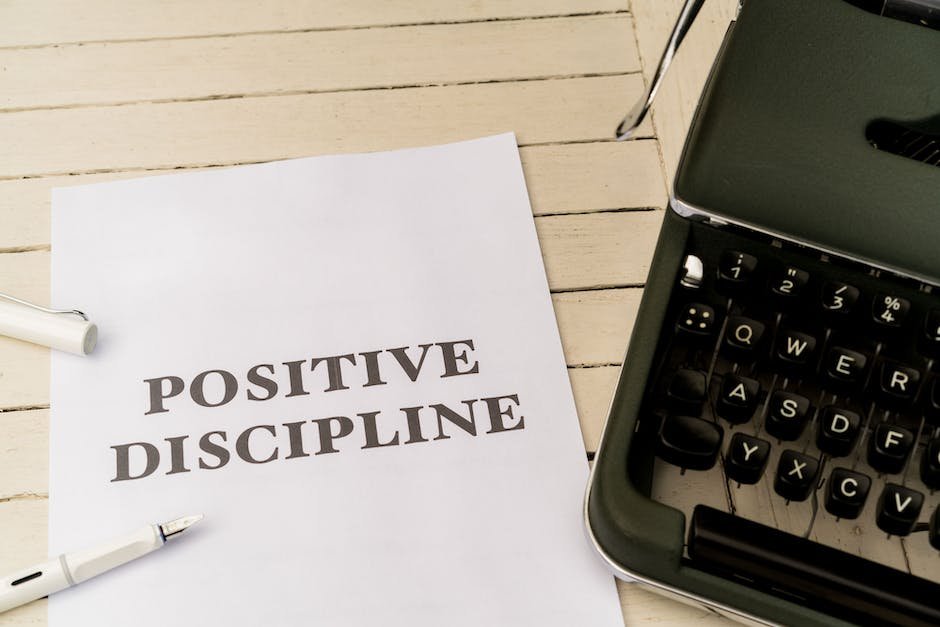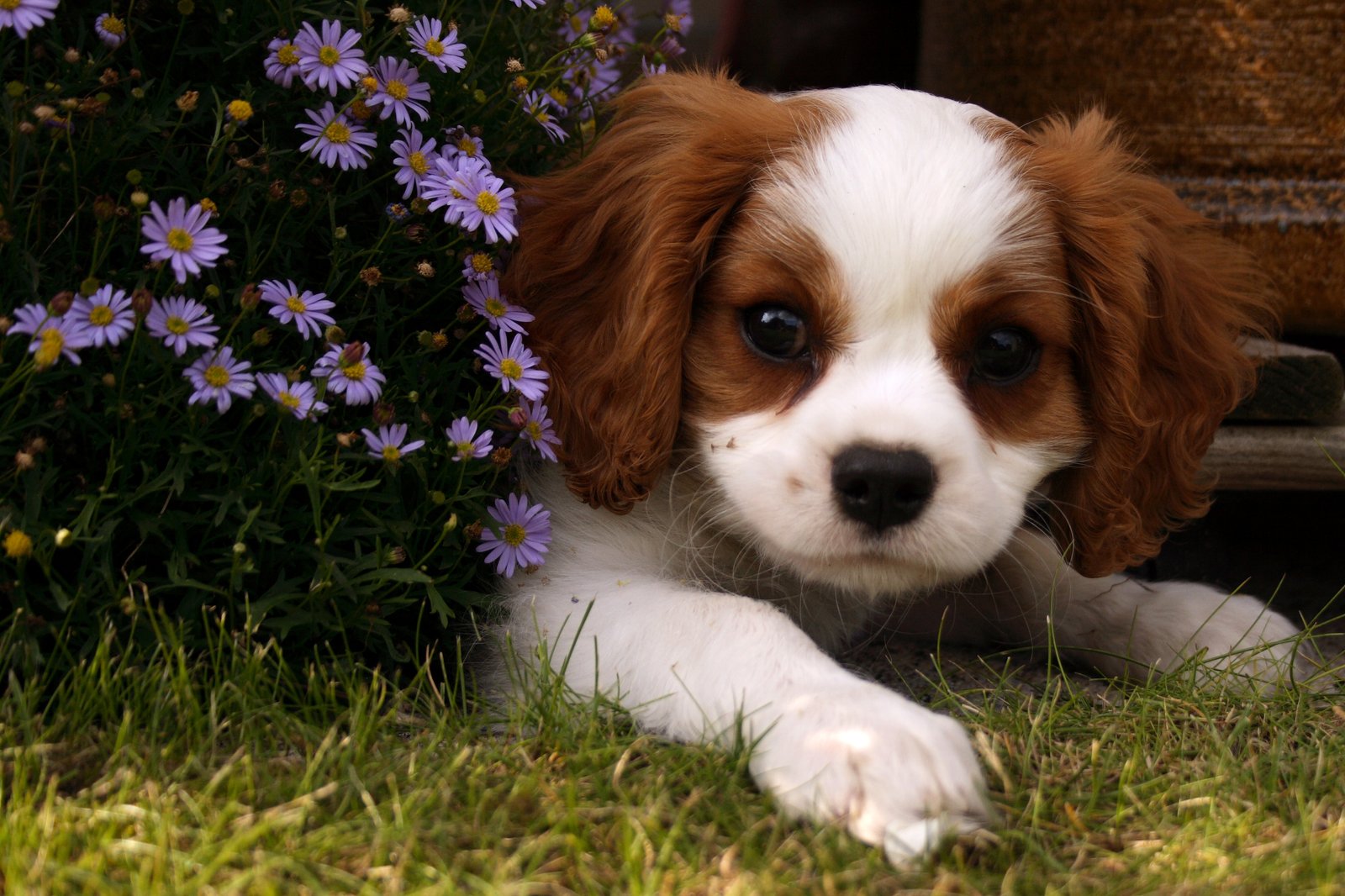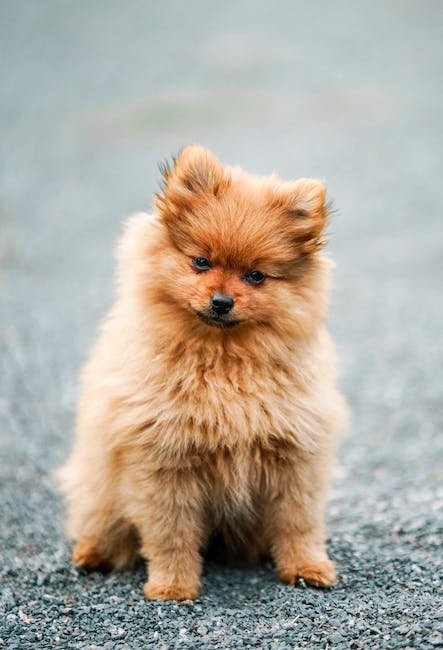Have you ever wondered if your furry companion could be the next Grandmaster? Imagine the thrill of watching your four-legged friend strategize their way through a game of chess, making calculated moves with sheer brilliance. While it may seem far-fetched, teaching your dog to play chess is not only possible but also an incredibly fun and intellectually stimulating trick. In this article, we will explore the fascinating world of training your canine companion to engage in this brainy activity that will leave both you and your pup amazed. So, grab your chessboard, gather your wits, and get ready to embark on a whimsical journey into the realm of doggy intelligence.
Table of Contents
- Teaching Your Dog the Basics of Chess
- Using Positive Reinforcement to Train Your Dog
- Developing Your Dog’s Problem-Solving Skills through Chess
- Creating Engaging Chess Challenges for Your Dog
- Expanding Your Dog’s Chess Skills with Advanced Strategies
- Q&A
- In Retrospect

Teaching Your Dog the Basics of Chess
Who says chess is just for humans? With a little patience and some clever training methods, you can introduce your furry friend to the intricate world of chess. It may sound pawsitively impossible, but dogs are highly adaptable and can learn basic chess strategies. So, let’s get those paws moving and teach your pooch how to become a chess prodigy!
1. Start with the Chessboard:
First things first, introduce your dog to the chessboard. Place it on the floor in a quiet area where there are no distractions. Encourage your dog to sniff the board and explore it at their own pace. Remember, this is all new to them, so let them take their time to get comfortable with the board.
2. Teach Piece Recognition:
Once your furry companion is familiar with the chessboard, it’s time to teach them piece recognition. Start by introducing one piece at a time. Place a chess piece on the board and give it a specific command, such as ”King” or “Pawn.” Repeat the command while pointing at the piece. Reward your dog with praise and treats when they correctly identify the piece. Gradually add more pieces to the mix, always reinforcing their learning with rewards.
3. Engage in Interactive Play:
To make learning chess more fun for your dog, engage in interactive play sessions. Use a chess piece as a chew toy, allowing your pup to associate positive experiences with chess. You can also create a game where you move the pieces on the chessboard, and your dog follows along. Keep it lighthearted and enjoyable, providing plenty of encouragement and rewards along the way.

Using Positive Reinforcement to Train Your Dog
Positive reinforcement is a powerful tool when it comes to training your furry friend. This method focuses on rewarding your dog for desired behaviors rather than punishing them for unwanted ones. By using positive reinforcement, you can create a positive and enjoyable learning experience for your pet.
Here are some key strategies to incorporate positive reinforcement into your dog training:
- 1. Reward-based Training: Use treats, toys, or praise as rewards when your dog displays the desired behavior. This encourages them to continue repeating the action in order to receive positive reinforcement.
- 2. Timing: Ensure that you reward your dog immediately after they perform the desired behavior. This helps them associate the reward with their action, reinforcing the connection between their behavior and the positive outcome.
- 3. Consistency: Be consistent in your reinforcement. Reward your dog every time they exhibit the desired behavior in the early stages of training. As they progress, gradually reduce the frequency, but occasionally surprise them with a reward to maintain their motivation.
- 4. Clicker Training: Consider using a clicker, a small handheld device that makes a distinct sound when pressed, to mark the exact moment your dog performs the desired behavior. This sound becomes a cue for your dog that a reward is imminent.
Remember, fostering a positive and supportive environment during training sessions is essential. Celebrate small successes, be patient, and keep training sessions fun and engaging for both you and your furry companion!

Developing Your Dog’s Problem-Solving Skills through Chess
Chess is not only a game for human intellect, but it can also be a great tool for developing problem-solving skills in our furry best friends. Yes, you read it right! Dogs can learn and improve their cognitive abilities through chess. By carefully introducing chess to your pup’s routine, you can help them enhance their critical thinking, improve decision-making, and boost their problem-solving skills.
One of the fascinating aspects of chess is that it requires analysis and strategy. Each move must be carefully thought out, considering the consequences it may have on the overall game. By introducing chess into your dog’s routine, you can provide them with mental stimulation and challenges that will keep their minds sharp. Incorporating chess into their training sessions or playtime can help them learn how to strategize and make quick, calculated decisions.
Here are a few ideas to get you started in :
1. Introduce puzzle toys: Puzzle toys are a fantastic way to engage your dog’s problem-solving abilities. Look for puzzle toys that involve hiding treats or finding hidden compartments. Encourage your pup to use their nose, paws, and eyes to figure out how to get to the reward.
2. Teach the “wait” command: Teaching your dog to wait for their turn during a chess game is a valuable lesson in patience and self-control. Start by using treats as rewards and gradually increase the difficulty by prolonging the waiting time. This exercise will help build their impulse control and improve their ability to analyze situations before taking action.
3. Engage in interactive play: Incorporate chess-inspired games into your dog’s playtime. Use toys that resemble chess pieces or create a chessboard on the ground using colorful mats. Encourage your dog to mimic the movements of the pieces, making it a fun and interactive experience for them.
Remember, every dog is unique, and their learning pace may vary. Patience and consistency are key when introducing chess to your pup’s routine. So, grab a chessboard, challenge your furry friend, and watch their problem-solving skills flourish like never before!
Creating Engaging Chess Challenges for Your Dog
Chess challenges are not limited to human players alone - your four-legged friend can also enjoy this strategic game! Engaging your dog in chess-inspired activities can provide mental stimulation and entertainment. To create exciting chess challenges for your furry companion, consider the following tips and tricks:
1. **Introduce a Puzzle Toy:** Invest in a puzzle toy specially designed for dogs, where they need to maneuver pieces to reveal a treat or toy. This puzzle-solving activity not only enhances their cognitive skills but also mimics the strategic thinking required in chess.
2. **Design an Obstacle Course:** Set up an obstacle course in your backyard or living space, featuring different chess-themed challenges along the way. You can create hurdle jumps shaped like chess pieces or use rugs and cushions to set up a mini “chessboard” where your dog needs to navigate through.
3. **Teach Commands**: Use chess-related commands during training sessions to strengthen the association between chess and your dog’s actions. For example, you can use “Pawn” to indicate sitting, “Knight” for leaping over an obstacle, or “Checkmate” for completing a specific task. This reinforces their learning and adds a fun twist to regular obedience training.
Remember, engaging chess challenges for your dog should be both mentally stimulating and enjoyable. Tailor the activities to suit your dog’s age, breed, and abilities, ensuring they stay motivated and have a woof-tastic time!
Expanding Your Dog’s Chess Skills with Advanced Strategies
When it comes to challenging your dog’s intellect, chess can be a great game to stimulate their mind and enhance their problem-solving abilities. While your furry friend may possess basic chess skills, why not take their game to the next level with some advanced strategies? By incorporating these techniques into their play, you can deepen their understanding of the game and keep them engaged for hours on end.
To start, encourage your dog to analyze the board more strategically. Teach them to identify patterns and plan their moves ahead of time. This can be done by introducing them to different opening moves, such as the Sicilian Defense or the Queen’s Gambit. By familiarizing them with these strategies, your pup will develop a tactical mindset and learn to anticipate their opponent’s moves.
In addition to honing their strategic thinking, it’s important to enhance your dog’s tactical skills. Train them to recognize common tactical motifs, like forks and pins, and how to exploit them to their advantage. By practicing these tactics in simulated games, your companion will become a formidable opponent, ready to outsmart anyone who challenges them.
- Experiment with different piece combinations: Encourage your dog to explore unconventional piece setups and experiment with different formations on the board. This will help them think outside the box and develop creative solutions to complex situations.
- Study famous chess games: Take inspiration from legendary matches played by grandmasters and analyze them together with your pup. By understanding the moves and strategies employed by the best in the game, your dog will gain valuable insights into advanced gameplay.
- Introduce time limits: Chess is not just about making the right moves; it’s also about managing time effectively. Set time limits for your dog during practice sessions to simulate the pressure of competitive play. This will help them make quick decisions and improve their overall game performance.
Remember, every dog is unique and learns at their own pace. Patience and positive reinforcement are key to developing your furry friend’s chess skills. With dedication and practice, your dog will soon be ready to take on even the most experienced chess players!
Q&A
Q: Can dogs really learn how to play chess?
A: While dogs cannot comprehend the complexities of chess like humans do, they can be trained to engage in a simplified version of the game. Teaching them to make certain moves based on commands and rewards can create the illusion of playing chess.
Q: What are the benefits of teaching a dog to play chess?
A: Teaching your dog to play chess can provide mental stimulation, strengthen the bond between you and your pet, and enhance their problem-solving skills. It’s an entertaining way to challenge their intelligence and keep them engaged in a fun activity.
Q: How do I start teaching my dog to play chess?
A: Begin by familiarizing your dog with the chessboard and chess pieces using positive reinforcement. Break down the game into simple tasks and gradually introduce more complex commands, always rewarding your dog for desired behaviors.
Q: What commands can I use to teach my dog chess moves?
A: Choose simple, distinct commands for each chess move, such as “Paw to A3” or “Bark to D5”. Consistency is key, and pairing the commands with rewards will help your dog associate them with specific actions on the chessboard.
Q: How long does it take for a dog to learn to play chess?
A: The learning time varies depending on the dog’s breed, age, and individual capabilities. It can take several weeks or even months of consistent training for a dog to grasp the basics of playing chess.
Q: Can all dog breeds learn to play chess?
A: While intelligence varies amongst breeds, any dog with basic training skills can be taught to play a simplified version of chess. Keep in mind that some breeds may display a more natural aptitude for problem-solving than others.
Q: Are there any safety concerns when teaching a dog to play chess?
A: Always prioritize your dog’s safety during training. Avoid using small chess pieces that can be swallowed, and ensure the training environment is free from hazards. Additionally, monitor your dog’s behavior and stop training if they show signs of stress or discomfort.
Q: Can teaching a dog to play chess interfere with other training commands?
A: As long as you maintain a clear distinction between chess-specific commands and regular obedience training, teaching your dog to play chess should not interfere with their ability to follow other commands or cues. Consistency and reinforcement are essential in avoiding confusion.
Q: Is teaching a dog to play chess suitable for all ages?
A: Yes, teaching a dog to play chess can be suitable for dogs of all ages, as long as they have the necessary attention span and are physically capable of moving the chess pieces. However, starting at an early age may yield better results due to increased adaptability and willingness to learn.
Q: Are there any alternatives to teaching a dog to play chess for mental stimulation?
A: Absolutely! There are numerous alternative mental stimulation activities for dogs, such as puzzle toys, scent detection games, or even teaching them tricks and obedience commands. Choose activities that suit your dog’s personality and interests.
In Retrospect
In a world where ordinary tricks have become mundane, one question arises: can man’s best friend conquer the realm of intellect? Our journey into the depths of cleverness has led us to the remarkable discovery that teaching your dog to play chess is not merely a whimsical fancy, but a testament to the endless potential locked within a canine mind.
As we bid farewell to this extraordinary adventure, it is with a sense of awe and admiration that we reflect on the steps taken to accomplish this awe-inspiring feat. Patience, perseverance, and a dash of playful spirit serve as the guiding lights on this arduous path. Like a master chess player, you and your four-legged companion shall tread the board with purpose, unraveling the enigma of strategy, and embracing the language of a timeless game.
In this age where intelligence is celebrated, the bond between human and dog reaches new heights, transcending the boundaries of ordinary companionship. The heartwarming sight of a furry friend moving pawns and knights, carefully contemplating moves, mirrors the beauty of friendship intertwined with intellect. Together, you embark on a mesmerizing dance across the checkered battlefield, accompanied by the soundtrack of mastery and the orchestra of wagging tails.
Imagine the astonished gazes of family and friends as they witness the extraordinary sight of your dog’s intellectual prowess. Let their skepticism be silenced by the undeniable proof that lies before their very eyes — the readiness to embrace the unknown, the determination to conquer new challenges, and the remarkable versatility of the canine mind.
As we part ways, dear reader, let this article serve as an invitation to the realm of endless possibilities that lie beneath the surface of our beloved pets. With a flicker of curiosity and an ounce of audacity, you have the power to ignite the brightest sparks in their burning hearts. Encourage them to reach for the stars, to solve the mind-bending puzzles that lie within their grasp.
For when dogs play chess, it is not merely a parlor trick; it is a testament to the untapped brilliance that resides deep within them. So, look into those soulful eyes, my friend, and dare to unlock the secrets of their extraordinary minds. Embrace the beauty of this brainy trick, for in this unlikely union of beast and intellect, a world of wonderment awaits. Let us embark on this enchanting journey and make history, one chess move at a time.
As an affiliate, my content may feature links to products I personally use and recommend. By taking action, like subscribing or making a purchase, you’ll be supporting my work and fueling my taco cravings at the same time. Win-win, right?
Want to read more? Check out our Affiliate Disclosure page.